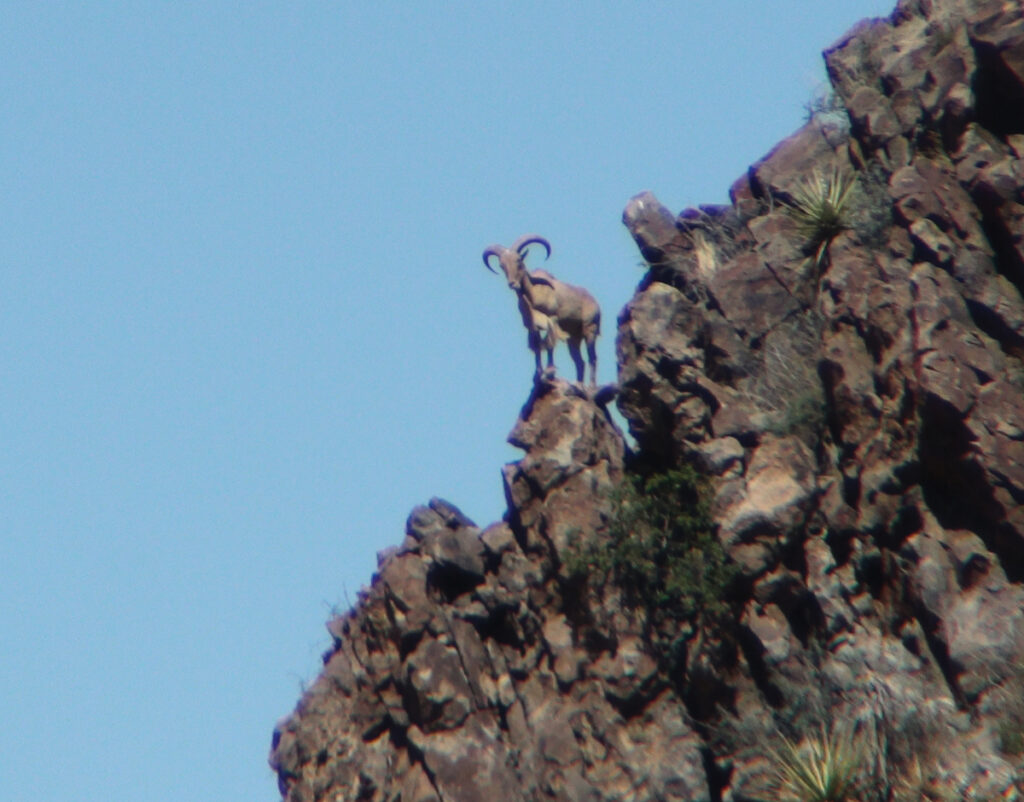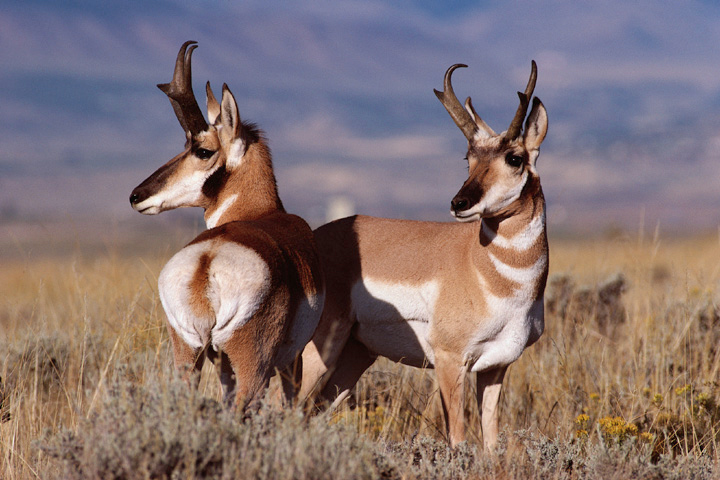BY CAR TO (ALMOST) ANYWHERE
Spending $10,000 on a hunting trip when a month from now you might not have a job would be considered, by most of us, quixotic at best, idiotic at worst. (A tiny minority would consider it the best possible way to spend your last ten-grand, but your wife is probably not one of them.)
Still, allowing for all that, it seems to me that much of the reluctance stems from fear for personal safety — exposure to germs in airports or those flying illness-incubators we call airplanes. Once you are out in the wild, on a horse or backpacking, your chances of getting sick would drop to less than just about anywhere else. Still, how do you get there?
For many years, I have steadfastly resisted getting on an airplane unless there was simply no other way. Hunting in Botswana, for example, or Germany, you pretty much have to go by air. But if you are hunting in North America, there is almost no place I know of that cannot be reached by car. Sure, it takes longer, but right now, one thing most of us have is time. Gasoline prices are near rock bottom, too, which means you might even save money.

In the past, when I’ve suggested driving to Alaska or west Texas or Montana, the universal cry goes up “But I can’t be away that long!” Really? You’re that indispensable? I expect there are some of us who genuinely could not be away from his or her business for a month, which is roughly the time required to drive to Alaska and back for a ten-day hunt. But that’s the extreme.
Years ago, when I first began plotting to avoid airlines, I did a little figuring. If the drive is 500 miles, you can actually do it in less time than if you took a plane, once you add in driving to the airport, parking, check-in time, the TSA, the flight itself, and maybe changing planes once or twice if your destination is remote — not to mention late, re-routed, and cancelled flights. Once you get there, you’re at the mercy of a rental car or someone to pick you up. And, there are baggage restrictions. What’s more, in your own car you can leave when you like and stop where you like, both going and coming.
Years ago, I had friends in Canada who hunted pronghorns every year in Wyoming. Three or four guys would crowd into a car and then drive in shifts, stopping only for gas and etcetera’s. From Toronto, it took them less than 24 hours. If they left Friday night, they’d be hunting Sunday morning. They did it partly to save money, partly because it was fun. And they could all smoke cigars along the way.
There’s no reason the same principles would not apply today, with the added benefit of avoiding germs in public places. As for saving money, when an outfitter is looking at empty slots on the hunting schedule and time’s running out, chances are you can find a serious last-minute deal.

There is still loads of time left in hunting seasons of one sort or another, from quail plantations in the South, to exotics ranches in the Texas Hill Country, to aoudad out west where there is no closed season, to some wild quail country in Arizona.
It may not be the hunting trip you had planned for this year, or even a hunting trip you’d ever considered before, but it is hunting, it’s there, it’s accessible, it’s affordable and I can think of no safer place, germ-wise, than covering ground at 70 miles an hour, in your own car.
When you arrive, the outfitter may be so glad to see you, that he tries to throw his arms around you and cover you with kisses. If so, remind him of the social-distancing rules. But that, I think, is a small risk.–Terry Wieland

